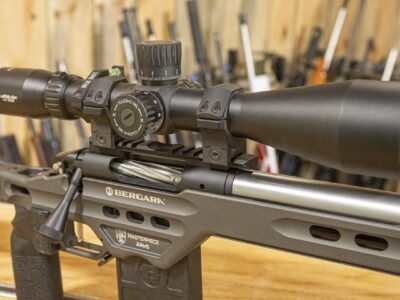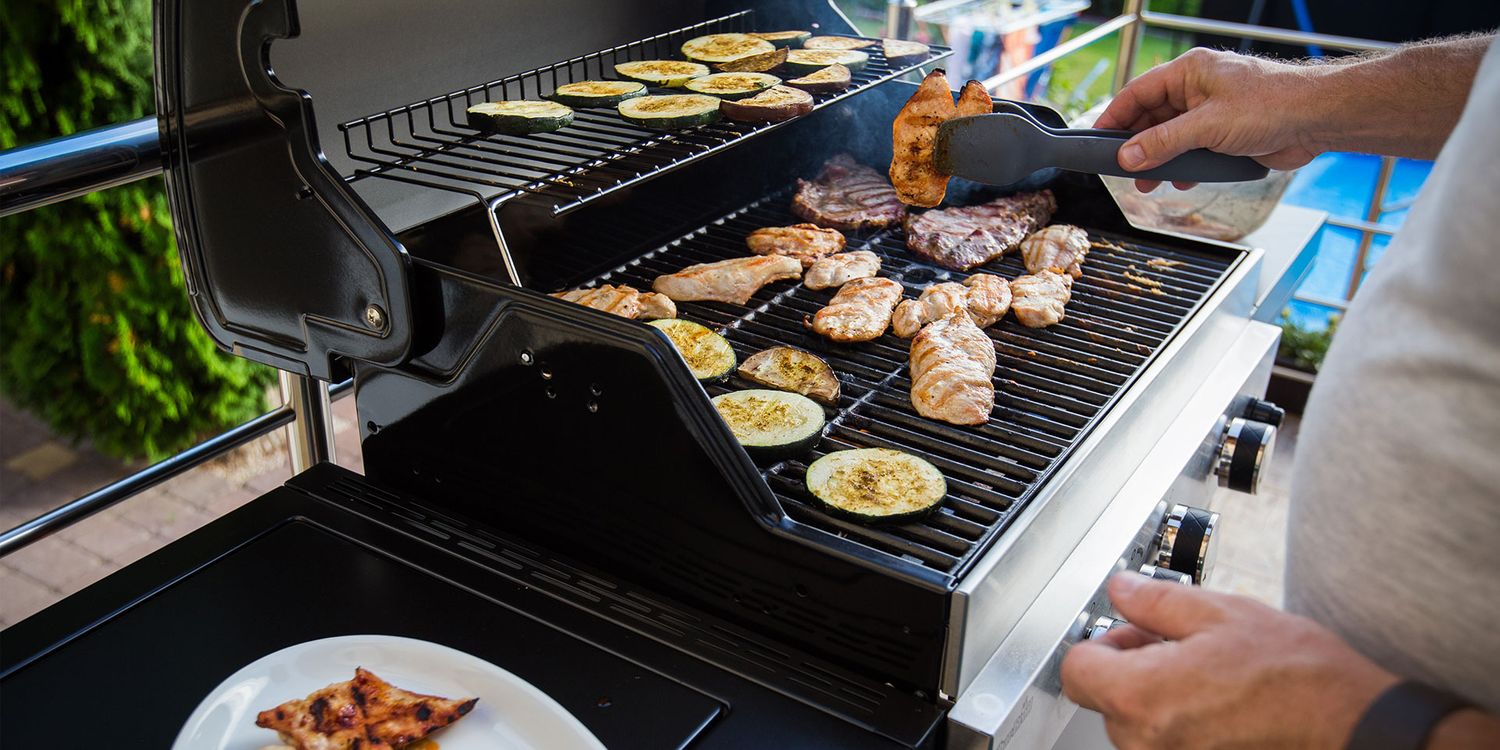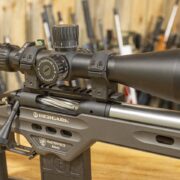Pipe connectors help in changing the direction of water supply from the main pipes to subsidiary pipes. Proper fitting helps in preventing leakage in the plumbing lines. Pipe connectors are an important component in the plumbing operations. It is mainly used to attach one pipe to another pipe to change the direction of flow in the plumbing system.
Pipe connectors are also used to divert, combine and reduce the flow of water and it comes in a variety of sizes to fit the pipe they will connect.
Features of pipe connectors
Pipe connectors enable the pipe to be joined and installed wherever necessary and it is terminated in the appropriate place. Before buying pipe connectors you should consider the features of PVC connectors. Each type of pipe connector has its own specifications and it requires its own type of fittings. Some of the features are given below as follows:
- Pipe connectors can be either female or male, which is related to the proper positioning at the connection points.
- Nipples, pipes and male connectors usually insert into female connectors. In threaded pipe connectors, male threads are on outside and female threads are on inside.
- Connectors that one female end and one male end are called street connectors. While measuring the size of pipe connectors, male threaded connectors are measured on the outside edge and female threaded connectors are measured on the inside edge.
- Pipe connectors should also be chosen on the basis of the inner diameter and outer diameter of the pipe so that they easily fit the pipe. Pipe connectors can also be lined, insulated, plated and underground rated for selecting the right one.
Types of pipe connectors
Pipe connectors are distinguished based on the functions they perform. Here a list of types given below:
- Compression connectors – it is used for connecting pipes by using compression on the gasket. Standard compression fittings do not require any tools and it is convenient to use and easy to install.
- Bit-type connectors – it is also similar to compression type connectors, as it does not require any tools for connection.
- Mechanical grip connectors – it contains two ferrule assemblies, one is front ferrule and another one is back ferrule. It has good resistance.
- Threaded connectors – seal reliability can be improved by adding threads are called “dry fit”. They seal without the need for an additional sealant that may cause corrosion or contami9nation.
- End fittings – it provides specific surfaces for connecting the pipes. End fittings are classified into two types. They are clamp ends and plain ends. Clamp ends allow pipes to be clamped to the connection. Plain ends allow pipes to be connected by solder, welded, adhesive.
- Flange connectors – flange connectors are ribs, collars, rims, edges with the flush surfaces that are perpendicular to bolts, welding, brazing, and threading.
Applications
Pipe connectors are used with equal importance in pressurized as well as non-pressurized applications like waste, vent and drain systems. PVC connectors also find applications in manufacturing and high voltage alternating current.
Bottom line
Pipe connectors require time, money materials and tools to install and it is an important part of piping and plumbing operations. Understand the above-described information and make use of it.











Comments